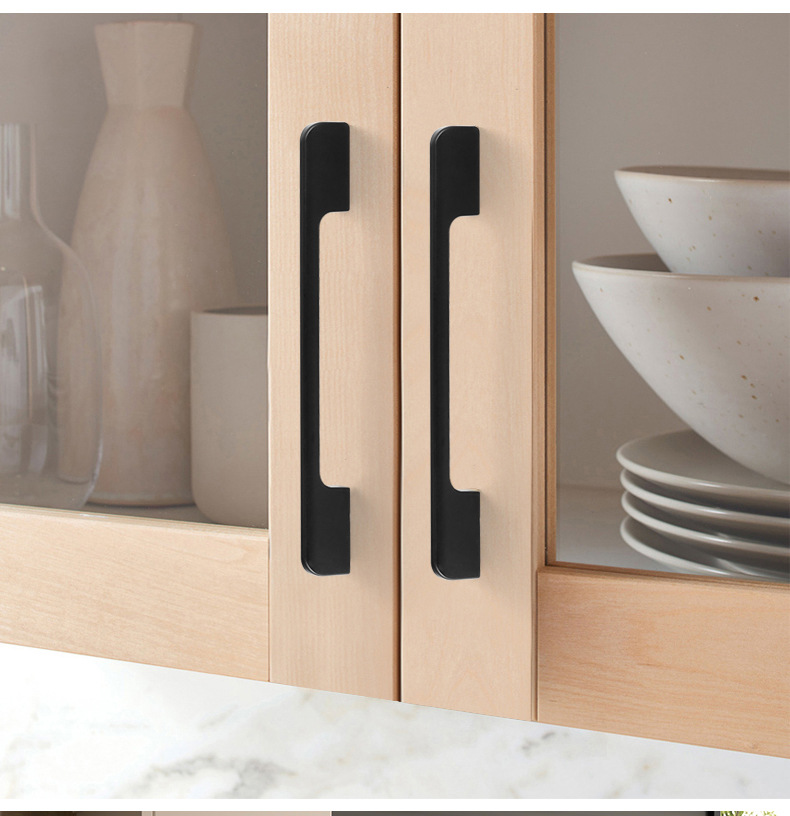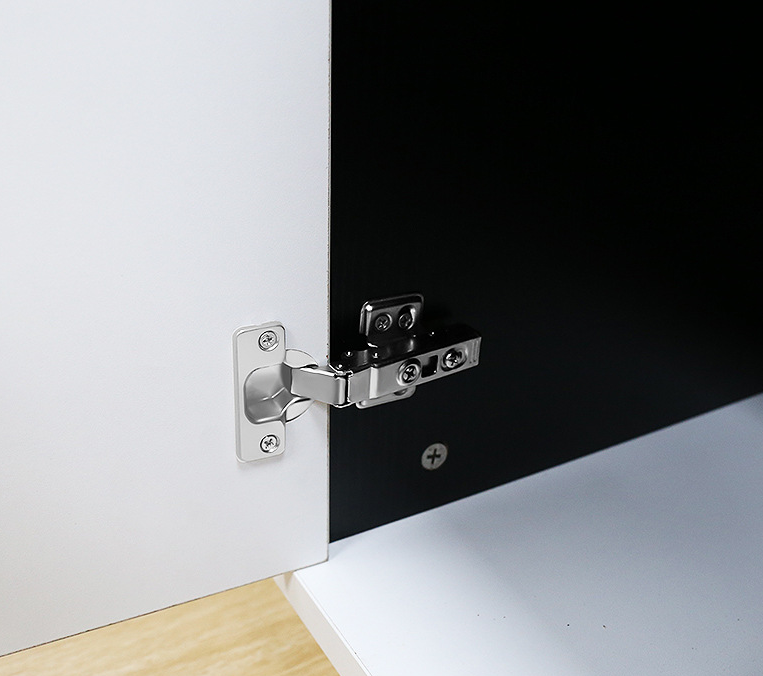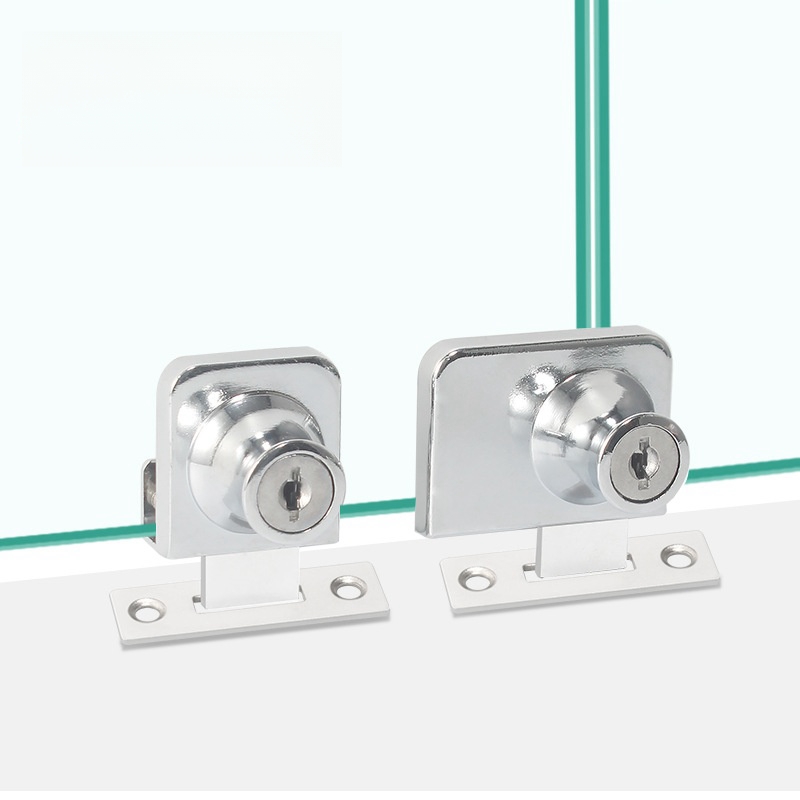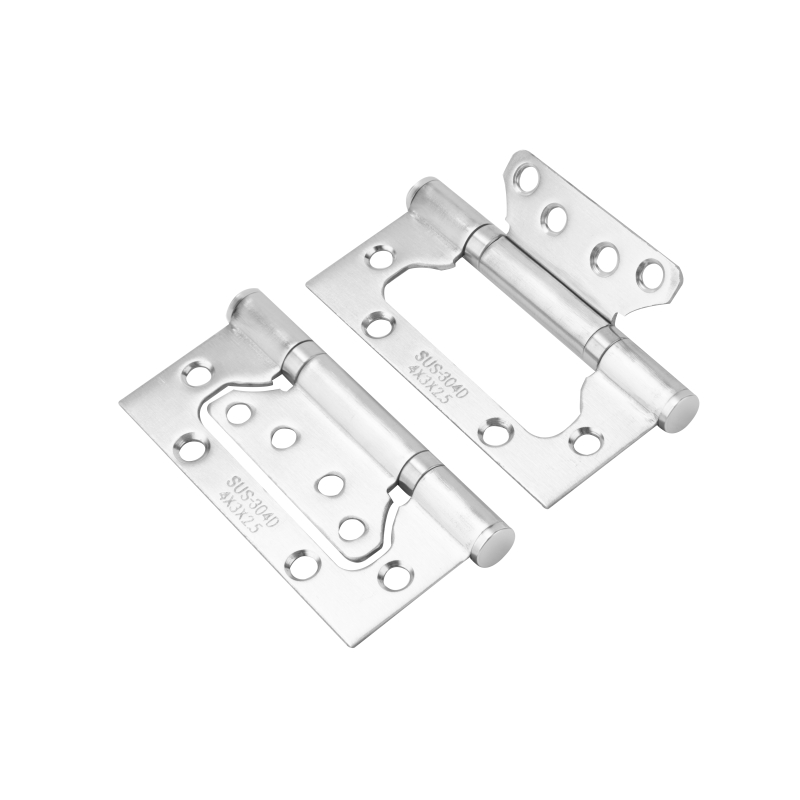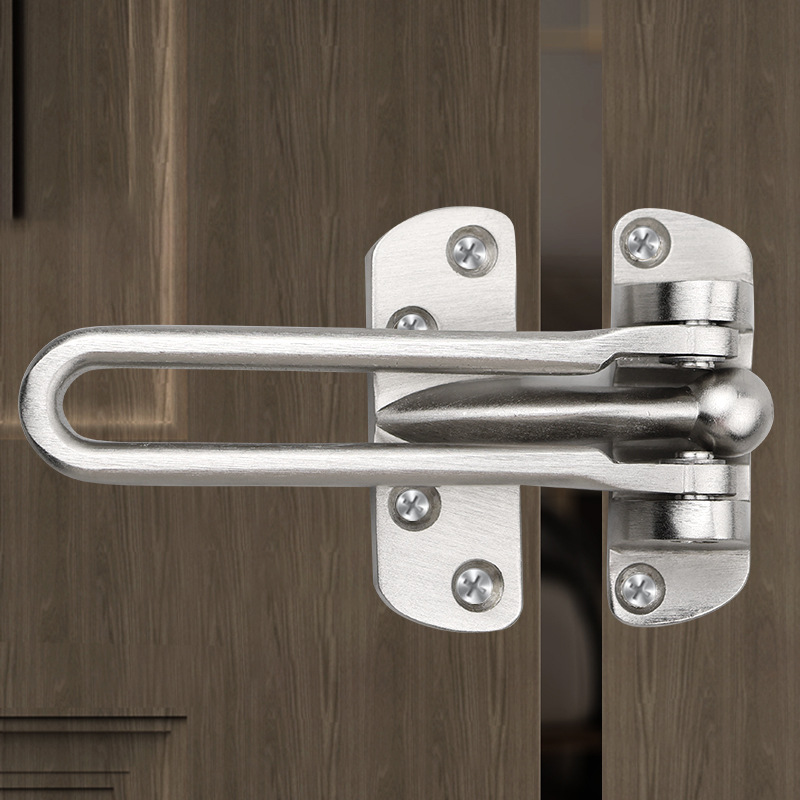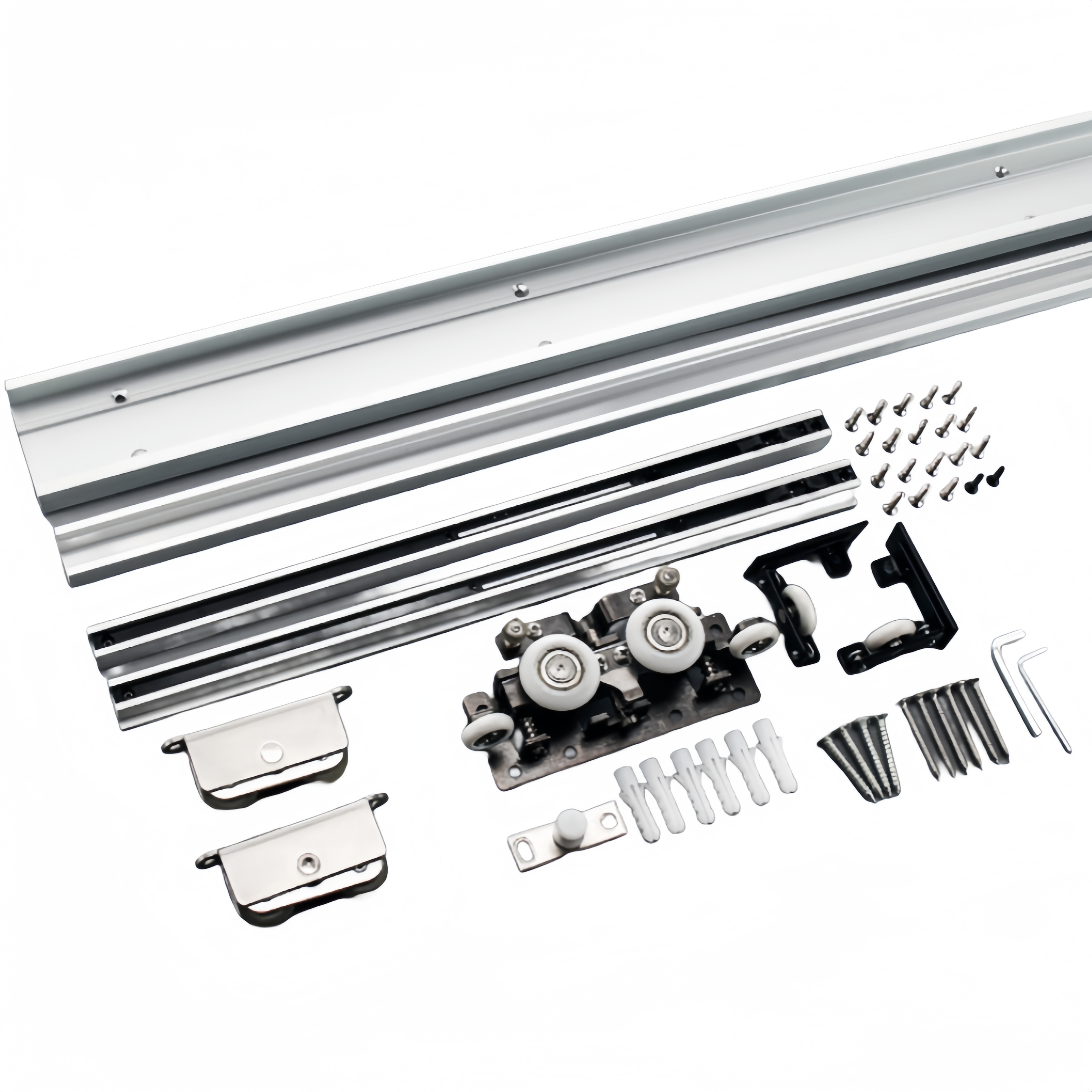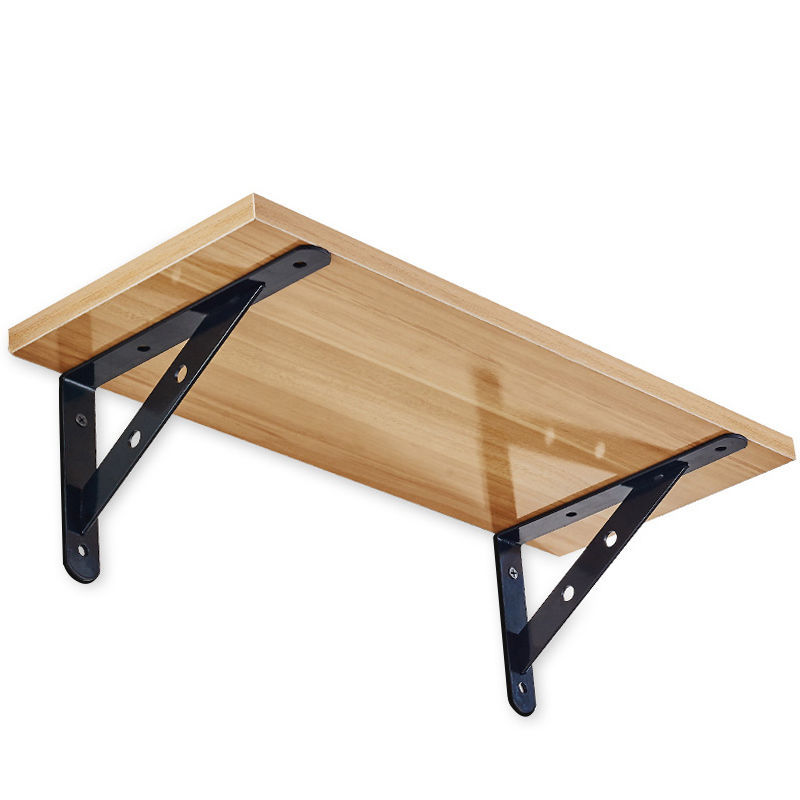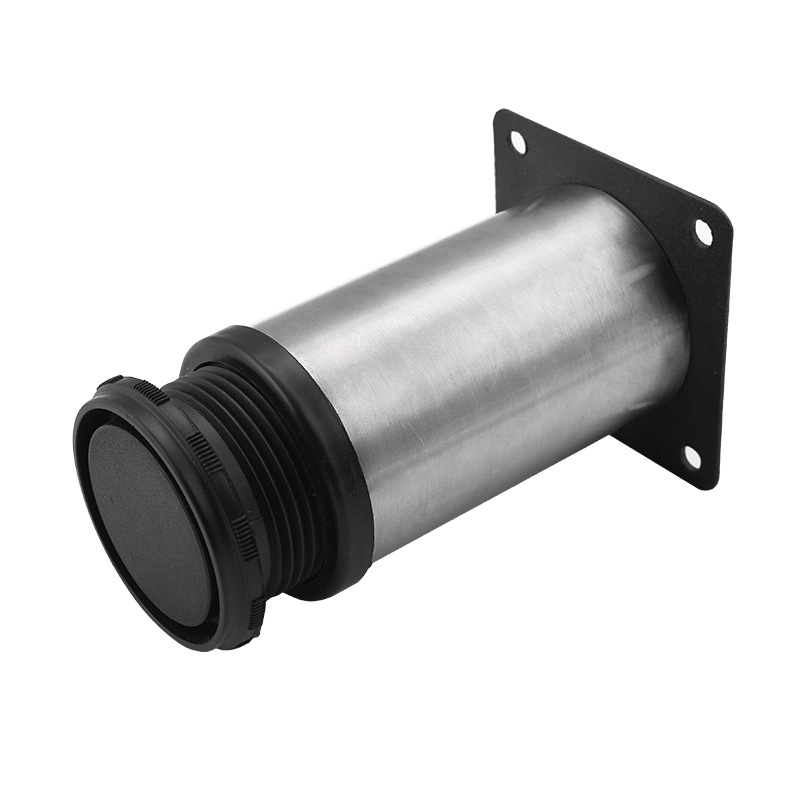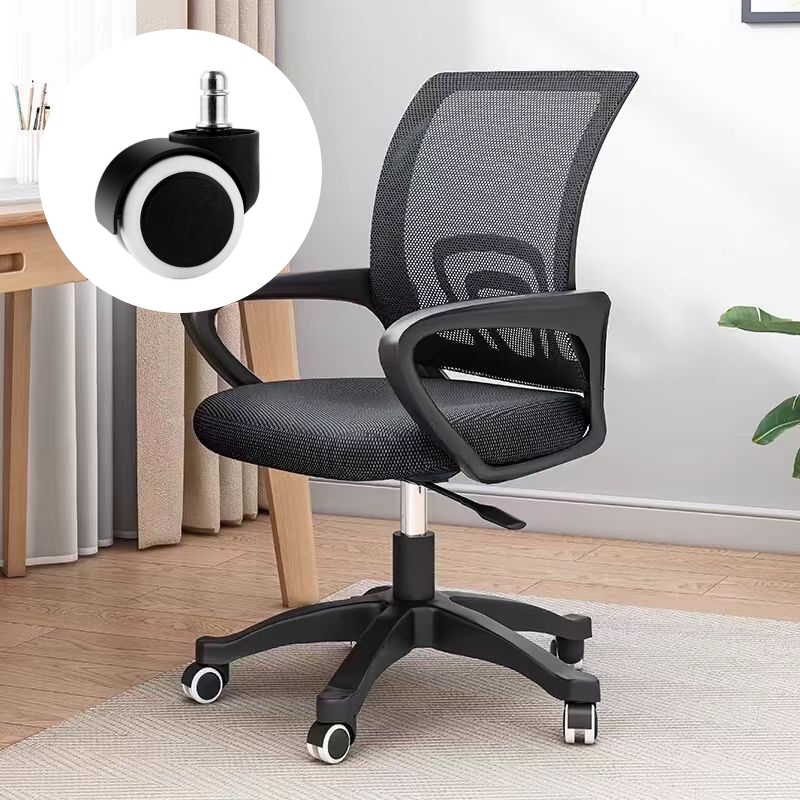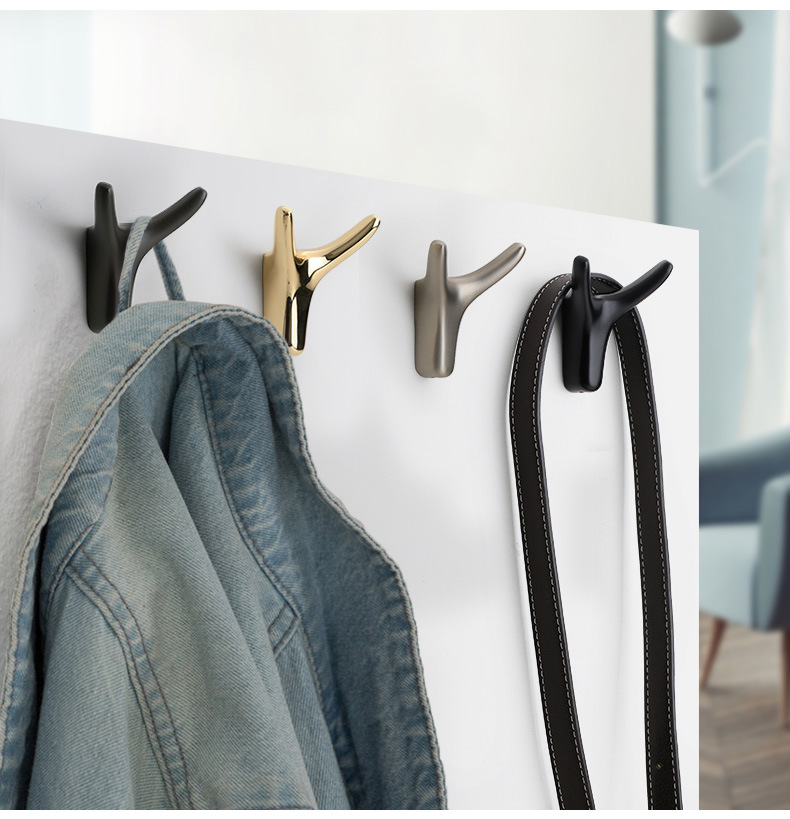
ABOUT
Guangzhou Toplink hardware Co., Ltd specialized in the production and export of furniture hardware fittings, with an experience of more than 14 years.
Our main products are drawer locks, cabinet hinges, sliding rails, cabinet handles, casters, cabinet legs and connecting fittings etc..
With a complete range of products, excellent performance and reasonable prices we have built up business with many customers all over the world.
We are committed to strict quality control and considerate customer service. We sincerely looking forward to becoming your best choice and the most reliable partner!
PRODUCTS
how wide is a closet hanger
The Standard Dimensions: A Starting Point
The most common answer you'll find when searching for the width of a closet hanger is approximately 17 inches. This measurement, however, is more of a guideline than a rigid standard. It represents the average width of a standard wooden or wire hanger designed for adult clothing, particularly shirts and blouses. This size accommodates the average shoulder width of most adults, allowing for comfortable hanging without undue stretching or bunching of the garment. Manufacturers aim for this dimension to maximize hanger utility and appeal to a broad market. However, minor variations exist between brands and individual hangers, influenced by factors we'll explore further.
Variations within this "standard" are subtle yet noteworthy. Some hangers might measure slightly less, perhaps 16.5 inches, while others might extend to 17.5 inches. These discrepancies arise from the manufacturing process, the materials used, and, importantly, the intended garment type. A hanger designed for heavier winter coats, for example, might have slightly broader shoulders to distribute the weight evenly and prevent sagging.
Material Matters: Wood, Wire, and Beyond
The material from which a hanger is constructed significantly influences its width. Wooden hangers, often associated with a more luxurious feel, tend to be slightly wider than their wire counterparts. The inherent strength and stability of wood allow for a more substantial design, sometimes extending the shoulder width to accommodate bulkier garments. This robustness translates into a more even distribution of garment weight and prevents stretching or misshaping.
Wire hangers, on the other hand, are typically thinner and lighter. Their flexibility allows for slightly more compact storage but compromises durability and potential garment damage. The narrowness is often a consequence of cost-effectiveness and efficient manufacturing processes. To accommodate this reduced width, designers may incorporate different techniques, like notches or textured surfaces, to prevent slipping. The material's flexibility also influences how the hanger conforms to the garment's shape; therefore, a wire hanger might appear narrower when unloaded compared to a sturdier wooden hanger.
Beyond wood and wire, we find hangers made from plastic, velvet, and even more specialized materials like recycled rubber. Each material brings its unique properties to the table, influencing the overall design and, consequently, the width. Plastic hangers are commonly produced in various sizes, catering to different garment types and aiming to balance durability with cost-effectiveness. Velvet-covered hangers offer a non-slip surface, and their overall profile and width might differ based on the underlying structural material.
Specialized Hangers: Tailored to the Garment
Moving beyond the standard shirt hanger, we encounter a vast array of specialized hangers designed to accommodate specific garment types. These specialized hangers often deviate significantly from the 17-inch standard. For instance, pants hangers, with their clips or bars, can extend well beyond 20 inches to accommodate trousers of varying lengths and widths. Similarly, skirt hangers, with their rounded or flat tops, might be narrower than shirt hangers, focusing on securing the waistband rather than the shoulders.
Delicate garments like dresses or suits often require wider and more carefully designed hangers that provide ample support without causing damage. These specialized hangers often incorporate features like padded shoulders or wider bases to ensure even weight distribution. The extra width is crucial for preserving the garment's shape and preventing stretching or creases, especially for delicate fabrics.
Children's clothing hangers reflect the smaller scale of their garments. These are often considerably narrower than adult hangers, reflecting the smaller dimensions of children's clothing and shoulders. The variation here is not only a matter of width but also of design, with often more colourful and playful styles, catering to children's preferences and adding a decorative element to the closet.
The Impact of Closet Design and Organization
The width of a closet hanger is not merely a matter of individual garment dimensions; it's also intimately connected to the overall design and organization of the closet itself. Closets with narrow shelves or rods dictate the maximum hanger width that can be comfortably accommodated. A deep closet might allow for larger, more substantial hangers, whereas a smaller space necessitates more compact and potentially narrower options.
Efficient closet organization often relies on maximizing space and minimizing wasted area. Using narrower hangers allows for a greater number of garments to be hung within a limited space, increasing storage capacity and improving closet organization. This emphasis on space optimization often influences the choice of hanger type and thus, indirectly, the average width of hangers used within a specific closet.
Ultimately, the "how wide is a closet hanger" question transcends the simple measurement of inches. It's a reflection of a complex interplay between design, material science, garment type, and individual needs and preferences. The "standard" 17-inch width serves as a useful baseline, but the reality is far more diverse and nuanced, reflecting the ongoing evolution of this ubiquitous household item.
SUBSCRIBE
INQUIRY
